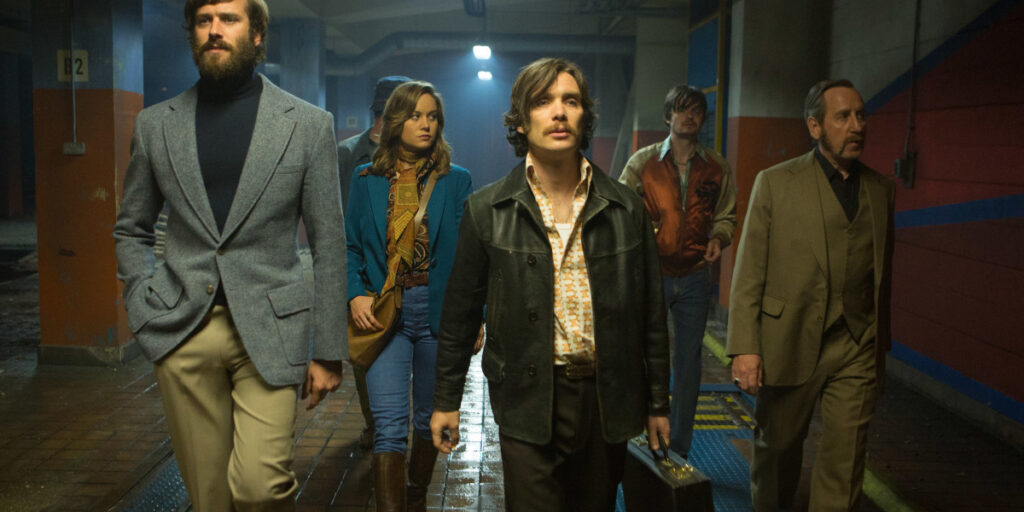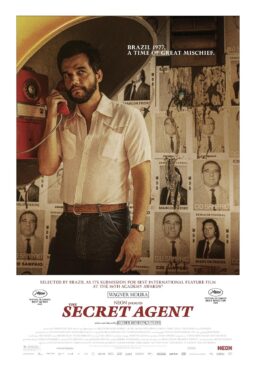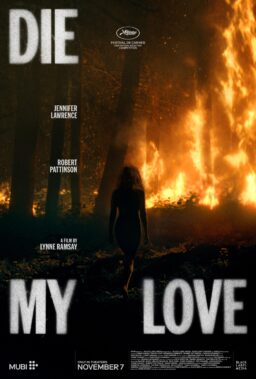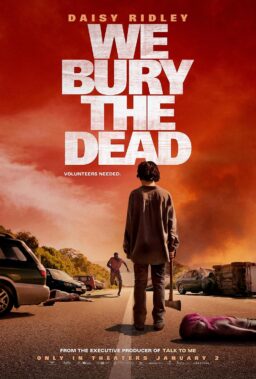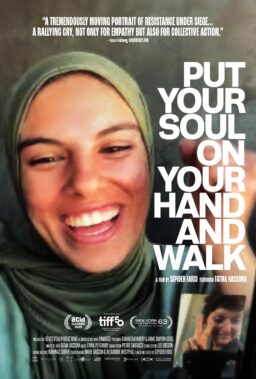Unlike many festival experiences I’ve had in the past, I
didn’t get to many horror films at this year’s TIFF. It’s not that the Midnight
Madness line-up was inferior, but more a product of how strong the other programs
were, often necessitating tough decisions that left a number of genre films on my “I
Wish I Had Seen That” list, including “Raw,” “The Girl with All the Gifts” and
“Headshot.” I did make it to four Midnight Madness film, including “Blair Witch,” which I already reviewed separately. Let’s talk about the other three,
which couldn’t be more different in tone or style, indicative of the diversity
in this typically strong program.
The most high-profile film in Midnight Madness outside of
Adam Wingard’s found footage reboot was the opening night entry for the
program, Ben Wheatley’s minimalist “Free
Fire,” a movie that’s just fun enough to find a loyal cult following but
not fun enough to break out of that and find mainstream success. Only a year
after “High-Rise” had its world premiere in Toronto, Wheatley returns to the
fest with a darker, tighter, simpler affair—one of those ‘70s B-movies with bad
guys, badder guys and a whole lot of firepower. The cast is fun and the
concept is clever, but flat dialogue and the sense that it’s more set-up than
follow-through hold Wheatley’s film back from complete success.
The concept of “Free Fire” is so beautiful in its simplicity
that it can be summed up in four words: “Gun Deal Gone Wrong.” Justine (Brie
Larson, who looks so perfect in ‘70s fashion/hair that one hopes she makes a
film set in the era again soon) brokers a gun deal between a couple of IRA
tough guys (Cillian Murphy & Michael Smiley) and some arms dealers (Sharlto
Copley & Armie Hammer, a surprising TIFF regular in three major films—this
one, “Nocturnal Animals” and “Birth of a Nation”). When a lackey on one side
(the great Jack Reynor) recognizes a lackey on the other side (the also-great
Sam Riley) as the chap with whom he got into a fight at the bar the night
before, all Hell breaks loose. Wheatley’s style is visceral—bullets don’t just
kill people, they injure them badly first—and he basically pins his characters
to the floor, behind cover and then lets the chaos ensue. The cast is remarkably
up for the challenge, giving physical performances as the bullets fly and the
stakes get higher and higher. After sides are drawn, the film loses some
steam—just as it should be getting more intense—but people like Hammer, Murphy,
Larson and Copley provide momentum just through their sheer commitment to the
project.

Equally committed to an even crazier concept are Emile
Hirsch and Brian Cox, who are basically the only two people in André Øvredal’s
effective “The Autopsy of Jane Doe,”
also playing this year’s Chicago International Film Festival before it builds
what I suspect will be a loyal cult following. Morgues are inherently creepy,
and this one has a special guest.
“The Autopsy of Jane Doe” opens with cops investigating the scene of a
brutal series of murders. A whole family is dead and there’s a naked woman
half-buried in the basement. Immediately, something doesn’t look right. While
everyone else is a bloody mess, the beautiful woman doesn’t have a scratch on
her. She’s clearly dead, but how? And who is she? The cops take her to the
local morgue, where we meet a father-and-son team of coroners played by Hirsch
and Cox. As they start to examine the Jane Doe, an increasing number of
oddities are discovered. Her tongue was cut in half. Her insides look like she
was tortured, but her outside is spotless. And then things get really weird.
The director of “Troll Hunter” knows that his film will be
most effective when it keeps things simple, and so he maintains that for the first
hour. As our engaging pair become increasingly convinced that the woman on
their table is not, shall we say, normal, they also start hearing and seeing
things around the morgue. “The Autopsy of Jane Doe” is at its best when it’s
basically a haunted house tale, but this house happens to have dead bodies in
the basement. The final act gets a little too goofy for its own good, but the
movie had worked my nerves enough by that point to forgive it not quite
sticking the landing.
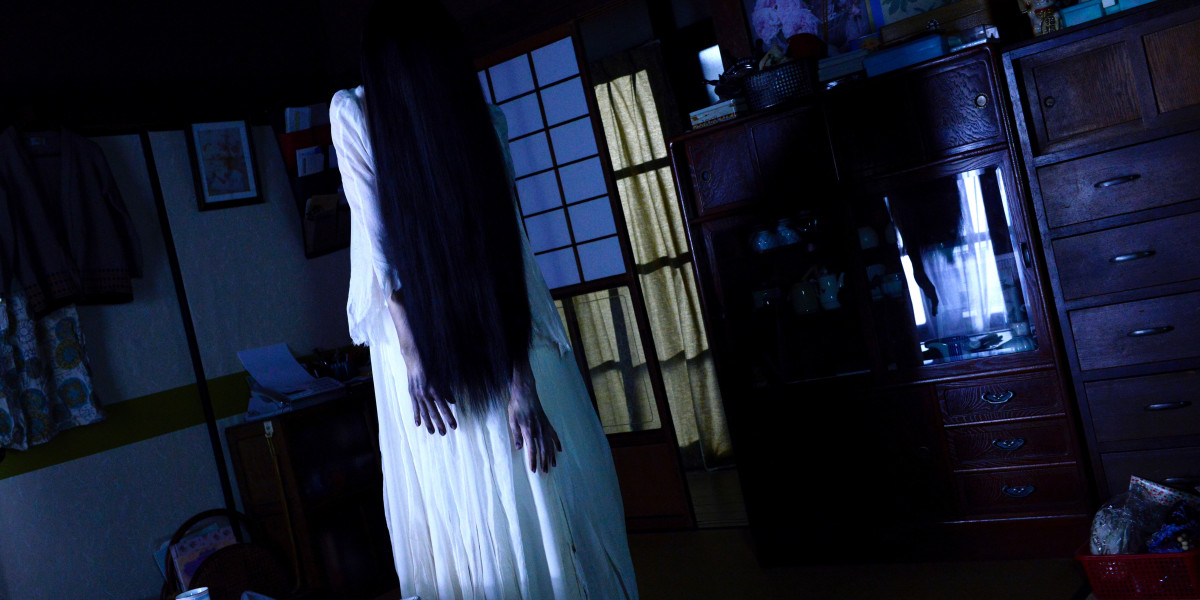
Kôji Shiraishi’s “Sadako
vs. Kayako” is both better than it has any reason to be and also not quite
fun enough to break out of the fan base of its iconic J-horror creations. What
started as a joke in a commercial has now become a feature film in the vein of
“Alien vs. Predator” and “Freddy vs. Jason,” featuring the stars of the “Ju-on”
and “Ringu” franchise going black-hair-to-black-hair.
The first act of “SvK” actually seems like it’s setting up a
film that will cleverly play off urban legends—something both franchises, and
most of J-horror for that matter, had in common. In fact, protagonists Yuri
(Mizuki Yamamoto) and Natsumi (Aimi Satsukawa) are in an urban legends class
taught by Morishige (Masahiro Kômoto), a man obsessed with trying to find the
“cursed tape,” which his students happen to cleverly stumble upon in a pawn
shop. In a neat twist, one of them is too busy checking her phone while the
tape is playing the first time, leaving the other convinced that only she will
face the wrath of Sadako in two days. How can you stop a supernatural behemoth
like Sadako? With an equally powerful ghost, and that can only mean Kadako.
When Shiraishi’s movie really gets going, it can be pretty fun, especially when
its tongue-in-cheek quality recognizes its ridiculousness. Given how it came to life,
there’s no real reason for this movie to work at all, and yet it will be a fun
rental for anyone old enough to remember when “Ringu” and “Ju-on” were
phenomena. And it’s certainly more enjoyable and clever than most reboots of horror
franchises long-thought finished, including one at this very fest.

